Green Energy Pioneer-RDF Rod Making Machine
1. Definition of RDF Rod Making Machine
RDF Rod Making Machine is a kind of equipment that processes solid waste (such as domestic waste, industrial waste, etc.) into solid fuel rods (RDF, Refuse-Derived Fuel). It compresses and molds loose waste raw materials into fuel rods with a certain shape, density and strength through a series of mechanical processing processes.
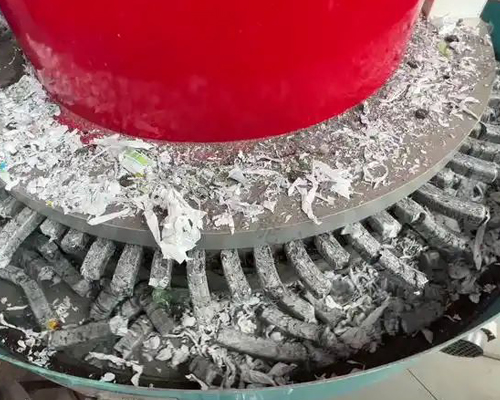
2). Working principle of RDF Rod Making Machine
1. Raw material pretreatment: First, the waste raw materials are pretreated by screening, crushing and other methods. Screening is to remove large impurities and materials that are not suitable for processing, and crushing is to reduce the larger waste particles to make the particle size of the raw materials meet the requirements of rod making. For example, some solid waste such as waste wood and plastic are crushed into smaller pieces.
2. Compression molding: The pretreated raw materials are transported to the compression molding part of the rod making machine. In this area, high pressure is applied by components such as screw propellers or pistons to compress the raw materials into rods in the mold. This process is similar to squeezing out a long and dense "rod", and the rod making machine can produce fuel rods with relatively uniform specifications according to the set parameters, such as the diameter and length of the rod.
3. Post-molding processing: After the fuel rods are pushed out of the mold, some subsequent processing may be required, such as cooling and cutting into suitable lengths. Cooling can make the shape of the fuel rods more stable, and cutting is for easy packaging, storage and transportation.

3). Application scenarios:
1. Waste to energy utilization: In waste incineration power plants, fuel rods produced by RDF rod making machines can be used as a high-quality alternative fuel. Compared with direct incineration of untreated garbage, RDF fuel rods burn more stably and efficiently, which can improve the power generation efficiency of waste incineration.
2. Industrial boiler field: Some industrial enterprises can use RDF fuel rods to replace some traditional coal fuels in their boilers. For example, in some paper mills and chemical plants with large demand for heat energy, the use of RDF fuel rods can not only reduce fuel costs, but also reduce environmental pollution to a certain extent.
4). Advantages:
1. Increased energy density: After loose garbage is made into fuel rods, its energy density is greatly increased. This means that at the same volume or weight, RDF fuel rods can provide more heat and are easy to store and transport.
2. Improved combustion performance: The shape of RDF fuel rods is regular, which can better control the combustion process in the combustion equipment, reduce incomplete combustion, and reduce the emission of harmful gases.
3. Resource recycling: Effectively convert the combustible components in the garbage into useful energy, realize the resource utilization of solid waste, and conform to the concept of circular economy.
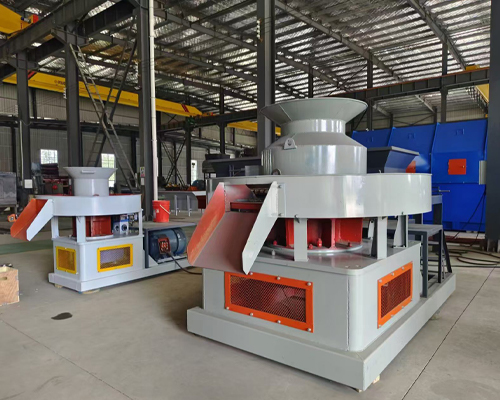
5). Equipment components
1. Feeding system: including hoppers, conveyor belts and other components, responsible for conveying the pre-treated garbage raw materials to the main part of the rod making machine. The design of the hopper should take into account the fluidity of the raw materials to ensure that the raw materials can enter the conveyor belt evenly, and the speed of the conveyor belt can usually be adjusted according to the speed of the rod making.
2. Compression system: This is the core part of the RDF rod making machine, mainly composed of a screw shaft, a compression chamber and a mold. The screw shaft rotates under the drive of the motor to push the raw materials forward and compress them. The pressure of the compression chamber can be controlled by adjusting the speed of the screw shaft and the feeding speed, and the mold determines the shape and size of the fuel rod.
3. Power system: generally composed of a motor and a transmission device, providing power for each working part of the rod making machine. The power of the motor should be selected according to the production capacity and compression resistance of the rod making machine, and the transmission device should ensure that the power can be stably and efficiently transmitted to each working part.
4. Control system: The feeding speed, compression speed, temperature and other parameters of the rod making machine can be monitored and adjusted. Through advanced control systems, automated production can be achieved, production efficiency and product quality can be improved, and it is also convenient for operators to manage and maintain.
6). Model
Model | Power(KW) | Capacity(T/H) | Mold quantity | Roll quantity | Over dimension(MM) |
9JK-2600 | 75 | 1-2 | 52 | 2 | 2647*2100*1900 |
9JK-3500 | 110 | 2-3 | 72 | 2 | 3250*2600*2000 |
9JK-4500 | 132 | 3-4 | 88 | 2 | 3350*2800*2200 |
9JK-5000 | 160 | 4-5 | 100 | 2 | 3000*2300*2000 |
9JK-5500 | 160 | 4-5 | 102 | 2 | 3000*2400*2000 |
9JK-6500 | 200 | 4-5 | 120 | 3 | 4400*2970*2495 |
-
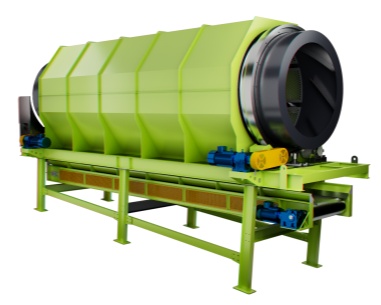 Trommel screenTrommel screen, also known as drum screens, are widely used in various industries for sorting and separating materials.Get Quote
Trommel screenTrommel screen, also known as drum screens, are widely used in various industries for sorting and separating materials.Get Quote -
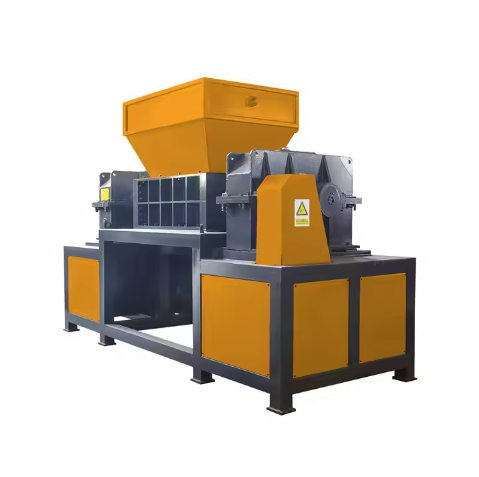 Crop straw double shaft shreddApplications:Biomass Energy Production: Shredded straw can be used as a feedstock for bioenergy plants to produce electricity or heat.Livestock Feed: Reduced-si...Get Quote
Crop straw double shaft shreddApplications:Biomass Energy Production: Shredded straw can be used as a feedstock for bioenergy plants to produce electricity or heat.Livestock Feed: Reduced-si...Get Quote -
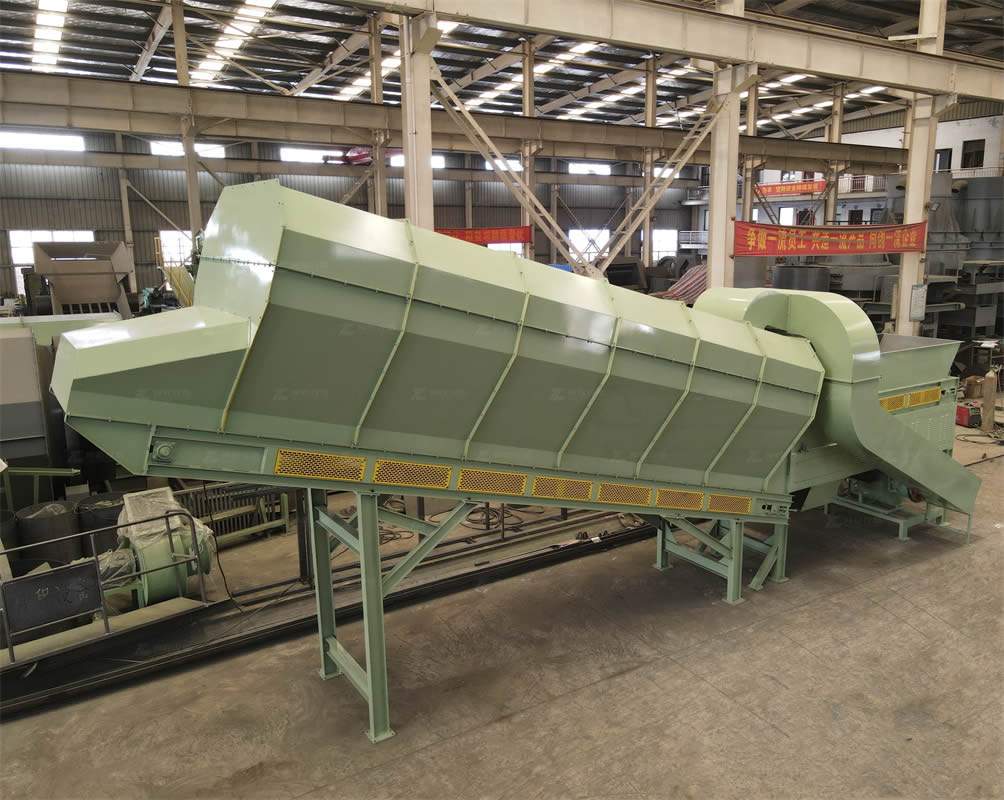 Zhongcheng Air Drum SeparatorAir drum separators effectively separate lightweight materials (e.g., plastics, paper) from heavier materials (e.g., metals, glass). This high efficiency is cru...Get Quote
Zhongcheng Air Drum SeparatorAir drum separators effectively separate lightweight materials (e.g., plastics, paper) from heavier materials (e.g., metals, glass). This high efficiency is cru...Get Quote
-
2023-01-12Double-Shaft ShredderThe Double-shaft shredder is a widely used industrial shredder that efficiently processes various mixed waste materials, such as construction waste, industrial ...
-
2024-05-18Hydraulic Cone CrusherHydraulic Cone Crusher integrates machinery, hydraulic pressure, electrics, automation, and intelligent control, which can be used for medium crushing, fine cru...
-
2023-01-12Vibrating ScreenVibrating screen is a mechanical device used to separate materials into different sizes and grades by vibrating them through a mesh or screen. This equipment is...
-
2024-06-08Solutions for Jaw Crusher ProblemsJaw crusher is widely used in mining, smelting, building materials, highways, railways, water conservancy and chemical industries. The maximum compressive stren...
-
2023-01-12Waste FeederWaste feeder was specially designed to optimize municipal solid waste sorting systems. The Drum Feeder ensures that your sorting system, baler or shredder has a...



